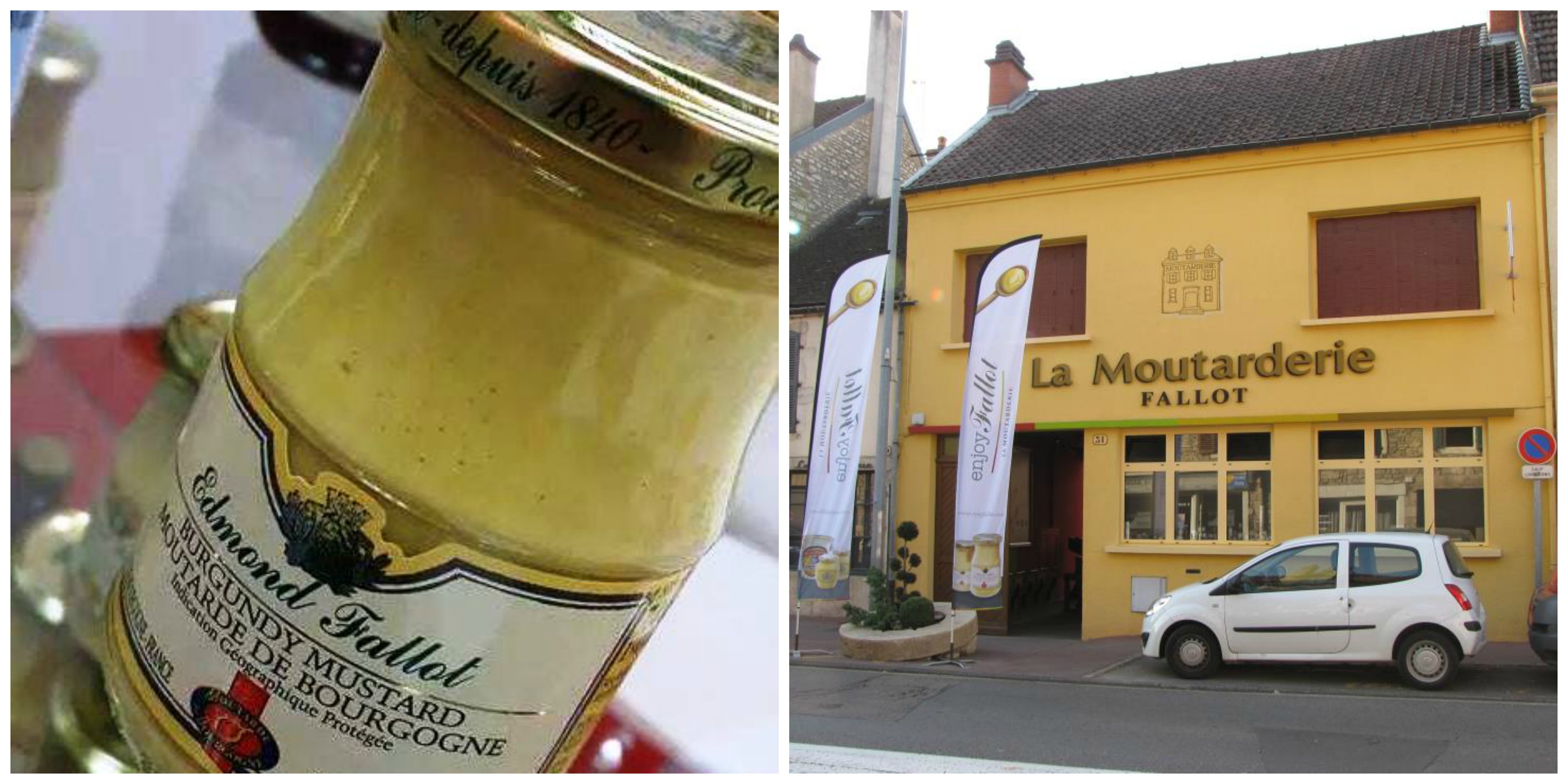Pardon Me, But Real Dijon Mustard Comes From Burgundy, Not Canada

Founded in 1840, Fallot still makes Dijon mustard the old-fashioned way.
All it takes is a slather of Dijon mustard, and an ordinary ham and cheese sandwich becomes something sublime. The seeds provide just a bit of texture and that tangy vinegar flavor lends an acidic touch, cutting the richness of meat and cheese.
This sensational sauce is named after its birthplace, of course — the beautiful old city of Dijon, the capital of France's famous wine-producing Burgundy region. Hence, the popular condiment commonly comes spiked with a dose of vin blanc. But, just like so many other things in the global marketplace these days, the product has been largely uprooted from its ancestral homeland. Chances are, the stuff you buy at the supermarket today doesn't come from Dijon. Heck, it probably doesn't even come from France.
Yet, there remains a small number of regional producers in Dijon who remain true to the area's mustard-making traditions. Fallot, a family-run outfit that's been around since 1840, is perhaps the best known. The company still makes its mustard the old-fashioned way: crushing mustard seeds in silex millstones, and using only local ingredients.
At Fallot's newly opened boutique in Dijon, you can watch the mustard get made first-hand. The company's efforts are part of a movement spearheaded by the Burgundy Mustard Association to return Dijon mustard to its roots as a Burgundian product — a produit de terroir, as the French say.
Mustard originally came to France with the Romans, who established a tradition of grinding the seeds with a cannonball, then mixing them into white vinegar. In 1752, Jean Naigeon revolutionized mustard by adding the sour juice of unripe grapes, thereby lowering the acidity and giving it the creamy texture we know and love today. About 20 years later, moutardier Maurice Grey teamed up with Auguste Poupon. Together, they formed Grey Poupon and began producing mustard in greater quantities by using a grinding mill. In America, Grey Poupon became a household name in the 1980s because of its TV commercials, which linked the brand to Rolls Royce-driving aristocrats and popularized the phrase, "Pardon me, would you have any Grey Poupon?" Contrary to the "original French recipe" touted on TV, however, Grey Poupon is now decidedly not French. It's currently owned by Kraft Foods, and is manufactured in Upstate New York, using Canadian mustard seeds. Heaven knows where the wine comes from.
Indeed, "Dijon" mustard can come from anywhere, because it's not an appellation-controlled product. But, if you want the real stuff, it's got to be made in Burgundy's Côte-d'Or, with mustard seeds from the same region, not Canada. When you see the letters "IGP" (Indication Géographique Protégée) on mustard labels, you know you're getting local mustard seeds and local wine — usually Aligoté, though it could be Chardonnay from Chablis. Fallot also makes a Pinot Noir mustard blend that is a nice ruby color and is an ideal accompaniment to rabbit or other game.
Another well-established and traditional Dijon mustard brand, Maille, also has a boutique in the old city of Dijon, located in the old Grey Poupon headquarters, as the two companies were once merged. Both the Maille and Fallot boutiques have little tasting bars where you can sample various mustard flavors.
So, how is your favorite sandwich condiment made? Here's a breakdown:
-
Cleaning – The seeds are cleaned and sent through a winnowing machine, where all the miscellaneous stuff like seeds and bugs are filtered out. -
Measuring – The seeds are weighed. -
Steeping – The seeds go into vats of vinegar, wine and water to steep, which helps the husk separate from the kernel. -
Milling – Fallot uses a traditional millstone, which avoids overheating the seeds and therefore preserves more flavor. -
Sieving – The mustard paste is pumped into sieves to remove the husks. -
Storage – The mustard paste spends time in barrels for several hours so its bitterness can dissipate. Then, it's ready for packaging.
Read more France Week stories on Food Republic:

